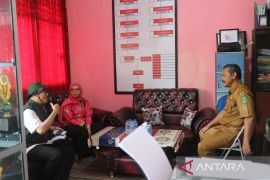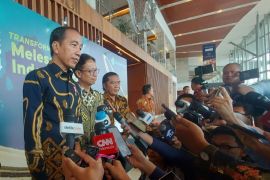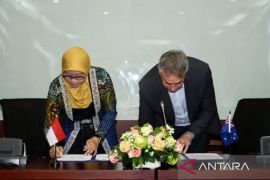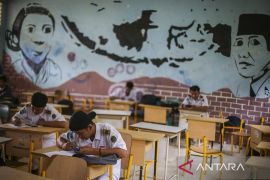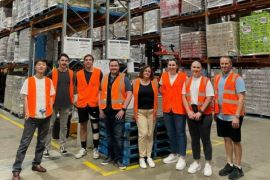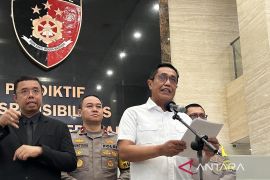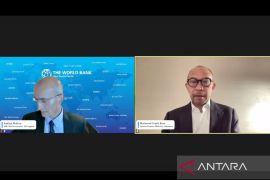Such a method could be applied instead of using a conventional way of healing concrete that has cracks or deformation due to loading, Senot Sangaji who is a lecturer at the Civil Engineering faculty of Indonesian state University of Sebelas Maret Surakarta (UNS) in Central Java, said.
"Self-healing concrete allows a concrete to repair itself without human interventions so that the process is more efficient in terms of time and cost. It is also safer especially for such buildings as nuclear waste depository," Senot said.
The self-healing concrete which is currently being examined in the MicroLab, Materials and Environment Section, the Faculty of Civil Engineering and Geoscience, Delft University of Technology mimics the process of bone healing when injured, he pointed out.
Senot who was also one of the finalists of the Delft Innovation Award in December 2011 explained the human body, especially bones have an ability to heal naturally. Bone structure is composed of hard parts in the outside and sponge-like soft parts in the inside containing a network that has many functions for the healing process.
When the bone is injured (cracked or broken), in a few minutes blood will clot and inflammation occurs in response to the initial formation of bone tissue that connects the broken parts so that eventually new bone is formed.
"Like bones, self-healing concrete has a porous coating on and in the concrete structure with sensors to detect and send signals to the computer about the size and location of the cracks," Senot said.
The epoxy or cement-based healing agent is injected via the vesicular system that has been installed previously and fills the cracks so that it adds to the strength of concrete.
According to Senot, environmentally this method is better done to extend the life service of concrete compared to the recycling method.
He explained a hundred kilogram of concrete would contribute 20 kilograms of CO2 emissions. Though this material is one of the most widely used by humans on Earth and up to now reach to seven billion cubic meters.
"With self-healing concrete we can safeguard the environment and natural resources and it is also cost effective," Senot said.
Yet he acknowledged there were still many things that need further research for optimal application of the method.
"This is a multi-disciplinary work. So I cannot work without the help of people who understand, for example, a control system to set up the sensor more accurate in detecting a crack in the concrete," Senot said.
Senot who is a candidate doctor at TU Delft added that the research is conducted in collaboration with Dr.Erik Schlangen and other experts.
(KR-LWA/B005)
Editor: Jafar M Sidik
Copyright © ANTARA 2012

